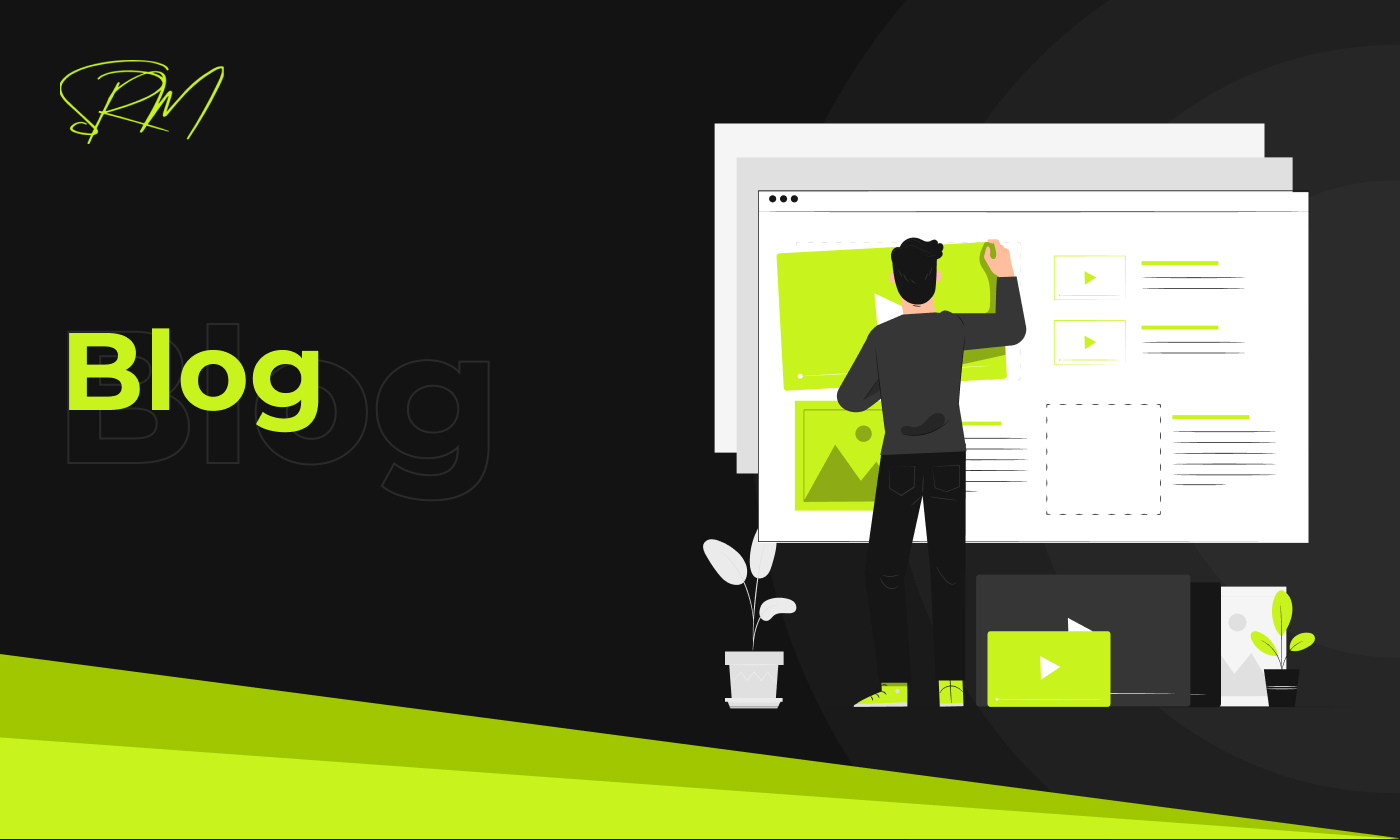
Starting a blog is an exciting journey that allows you to share your ideas, connect with others, and even build a side hustle. Many people hesitate to start because they think it’s difficult, but the process is easier than you imagine. Whether you want to share your hobbies, teach others, or create an online presence, blogging can help you achieve your goals. This guide will walk you through the easiest steps to start a blog successfully.
Step 1: Choosing Your Blog Topic
The first step is to decide what you want to write about. Think about your passions, skills, or interests. Your topic should be something you enjoy because blogging requires consistency. For example, if you love gardening, a blog about gardening tips and tricks could be a great idea.
Researching popular topics can also help you find inspiration. Tools like Google Trends or BuzzSumo can show you what people are searching for. Decide whether you want to focus on a niche topic (like vegan recipes) or general themes (like lifestyle or travel). Both approaches work, but a niche topic often helps you build a more specific audience.
Step 2: Picking the Right Blogging Platform
To create your blog, you need a platform to host your content. There are many options available, such as WordPress, Blogger, Medium, and Wix. Among these, WordPress is the most popular due to its flexibility and user-friendly features.
When choosing a platform, think about your goals. For example:
- WordPress: Great for customization and scalability.
- Blogger: Ideal for beginners because it’s simple to use.
- Medium: Best for those who want to focus solely on writing.
Evaluate the features of each platform, and pick the one that fits your needs. Remember, starting simple is fine; you can always switch later as your blog grows.
Step 3: Setting Up Your Blog
Once you’ve chosen your platform, it’s time to set up your blog. Here are the basic steps:
- Choose a Domain Name: This is your blog’s unique address on the internet, like www.myblog.com. Pick a name that’s short, memorable, and relevant to your content.
- Get Hosting: Hosting is the service that stores your blog online. Reliable hosting providers like Bluehost, SiteGround, or HostGator are great options.
- Customize Your Design: Most platforms offer free templates to design your blog. Choose a clean and professional layout that matches your theme. Avoid cluttered designs and focus on readability.
Step 4: Writing Your First Blog Post
Now it’s time to create your first post! Writing can feel overwhelming, but it doesn’t have to be perfect. Start with these tips:
- Write a Strong Headline: Your headline is the first thing readers will see, so make it catchy and relevant. For example, “5 Easy Recipes for Busy Moms” is more engaging than “Cooking Tips.”
- Use Subheadings: Break your content into smaller sections with clear subheadings. This makes your post easier to read.
- Write in Simple Language: Imagine you’re explaining something to a friend. Avoid complicated words or long sentences.
End your post with a call-to-action, such as asking readers to comment or share. For instance, “What do you think of these tips? Let me know in the comments!”
Step 5: Publishing and Promoting Your Blog
After writing your post, hit the “Publish” button to make it live. But that’s not the end of your work. Promoting your blog is just as important as writing it.
- Optimize for SEO: Use relevant keywords throughout your post to help it rank higher on search engines. Tools like Yoast SEO can guide you in optimizing your content. Understanding SEO for bloggers is crucial, as it helps your content reach the right audience and gain visibility online.
- Share on Social Media: Platforms like Facebook, Instagram, and Twitter are great for spreading the word about your blog. Create visually appealing posts to grab attention.
- Engage with Your Readers: Reply to comments and build a connection with your audience. This helps create a loyal community around your blog.
Step 6: Consistency is Key: How to Keep Blogging
Consistency is crucial for the success of your blog. Posting regularly helps you build an audience and keeps your blog active. Start by creating a blogging schedule that fits your routine. For example, you can decide to post once a week or twice a month.
Use tools like Trello or Notion to organize your ideas and deadlines. Keep a list of potential blog topics, so you’re never out of ideas. Don’t be discouraged by writer’s block; take breaks and find inspiration from books, movies, or even daily life. The key is to keep going and not lose momentum.
Step 7: Improving Your Blog Over Time
As you continue blogging, you’ll learn new skills and improve your content. Track your blog’s performance using tools like Google Analytics to understand your audience. Pay attention to which posts perform well and create more content around those topics.
Experiment with different types of posts, such as how-to guides, personal stories, or listicles. Try adding visuals like images or videos to make your blog more engaging.
Engaging with your audience is equally important. Respond to their feedback, ask questions, and use their suggestions to improve your content. Building a strong relationship with your readers can turn them into loyal followers.
Final Thoughts
Starting a blog may seem like a big task, but by breaking it into simple steps, it becomes manageable. Choose a topic you’re passionate about, pick the right platform, and start writing. Remember, your first post doesn’t have to be perfect. What matters most is taking the first step and learning as you go.
Blogging is a rewarding journey that allows you to share your voice with the world. Stay consistent, keep improving, and don’t be afraid to try new things. With patience and effort, your blog can grow into something amazing. Over time, you can develop your skills and even become a blogging expert, inspiring others to follow your path.
So, why wait? Start your blogging journey today and enjoy the adventure!





